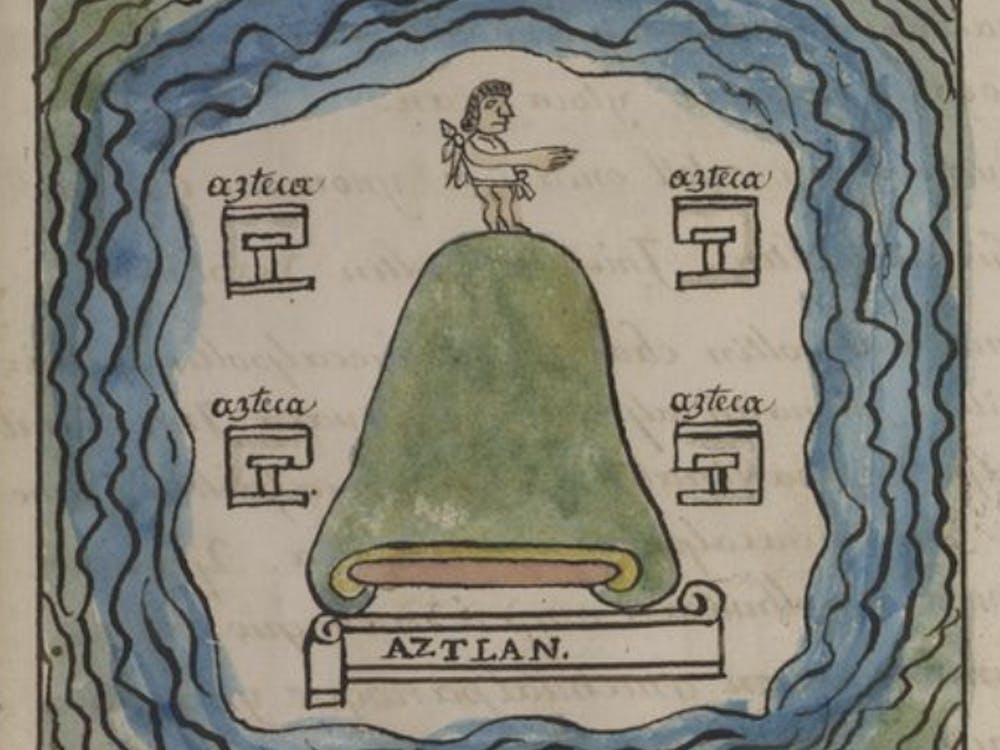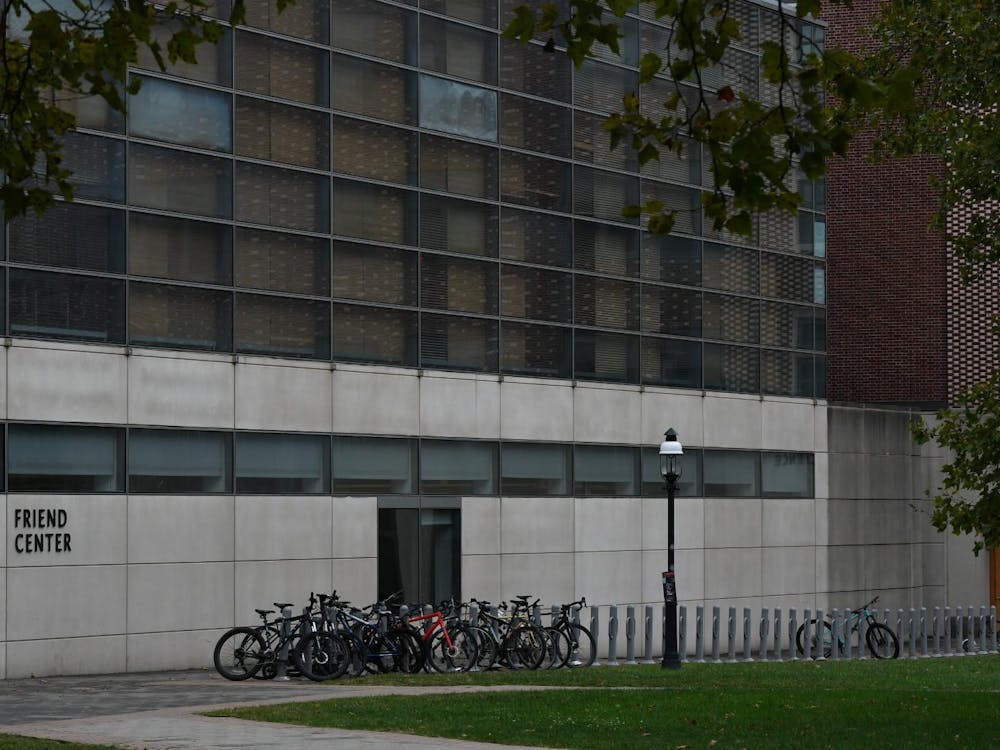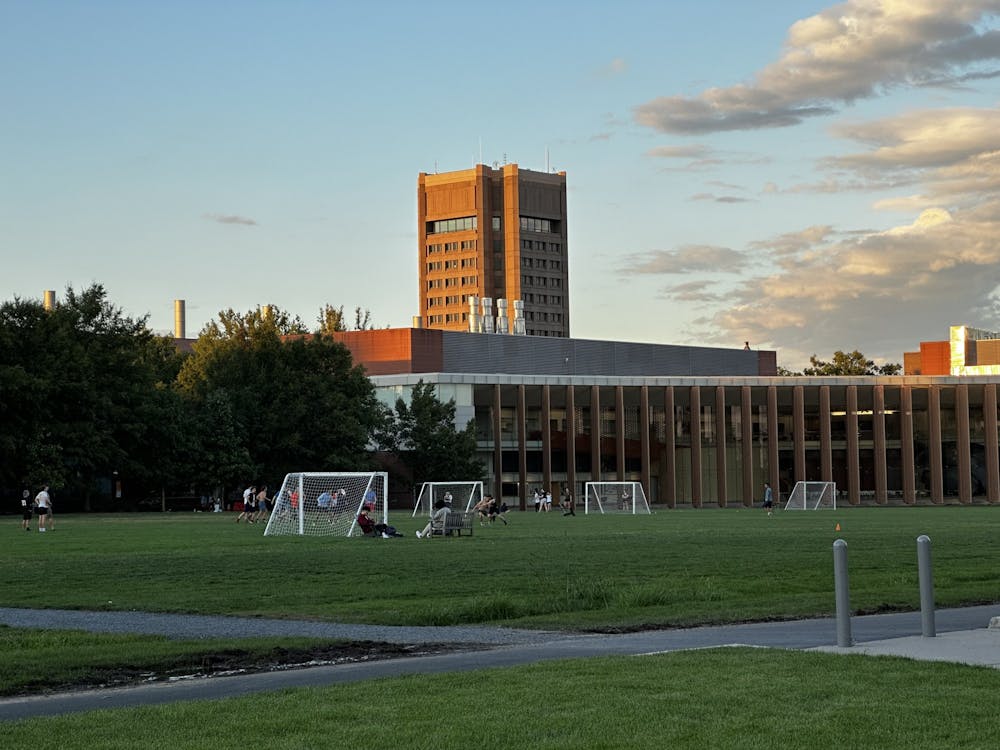Most travel bucket lists might be considered incomplete if they neglect to include Peru’s Machu Picchu and the ancient Incan capital of Cusco, but if these places are on your list, here’s your chance! The course ART 367: Inca Art and Architecture, cross-listed as LAS 373 and ANT 379, offers students the occasion to travel to both one of the the oldest continuously inhabited archaeological capitals in South America and the world’s coolest lost city during spring break 2016.
Funded by the Department of Art and Archaeology, the course will give 12 students the opportunity to witness the architectural wonders of the Incan Empire first-hand. The largest empire in pre-Columbian history, the Inca Empire is known for having some of the finest stonework of the Americas.
In addition to teaching the course, postdoctoral fellow Andrew J. Hamilton, who specializes in Andean art from the pre-Columbian period, is in the process of writing his forthcoming book “Scale and the Incas,” which “examines the conceptual role of scale in Inca material culture and built environments,” according to Hamilton’s biography on the art and archaeology department’s webpage.
In Hamilton’s words, the point of the class “would be to bring the students to Cusco to be able to explore the city and get a sense of it spatially, which would be next to impossible in a classroom otherwise.”
Students who participate in the course will have to choose an object or space, such as the Plaza de Armas in Cusco, and will analyze the meaning of its history, visit the object, conduct further research and construct a final paper based on these conclusions.
Hamilton explains that part of the reason for the excursion is that there is an aesthetic phenomenon of Incan architecture that can only be personally physically experienced.
“The discipline of art [and] architecture has often described Incan architecture as undecorated, or unadorned,” Hamilton said.
Yet, as Hamilton describes, when you see a wall through the course of a day and really witness its texture and consider the different ways that it looks in the morning sun or the noon sun, you realize that the nature of the image looks completely different depending on the time of day and the space that you are in.
The course’s interdisciplinary approach incorporates readings and knowledge from anthropology, art history and archaeology. As such, there are no requirements for prerequisites or majors that students have to take before applying for the class, and students will be able to tailor their research to the discipline in which they are most interested.
As Hamilton states, “An experience like this is such an important part of curriculum at a place like Princeton. It’s the sort of the life-changing experience that you have in college that makes you become dedicated to the material.”









